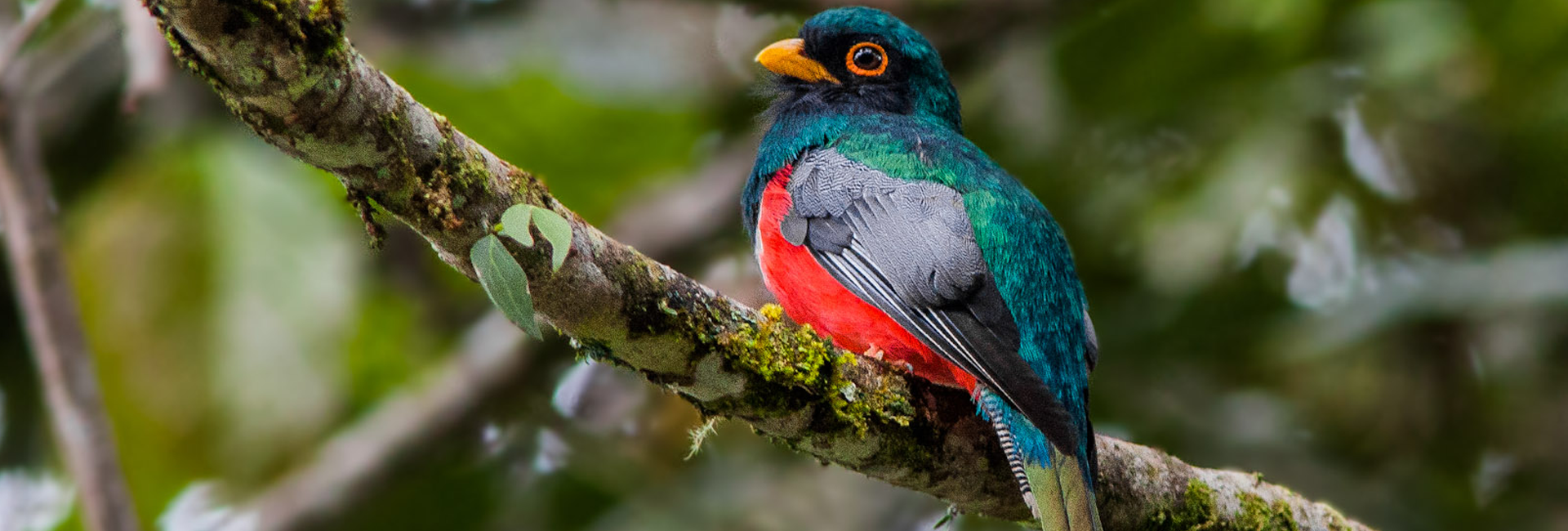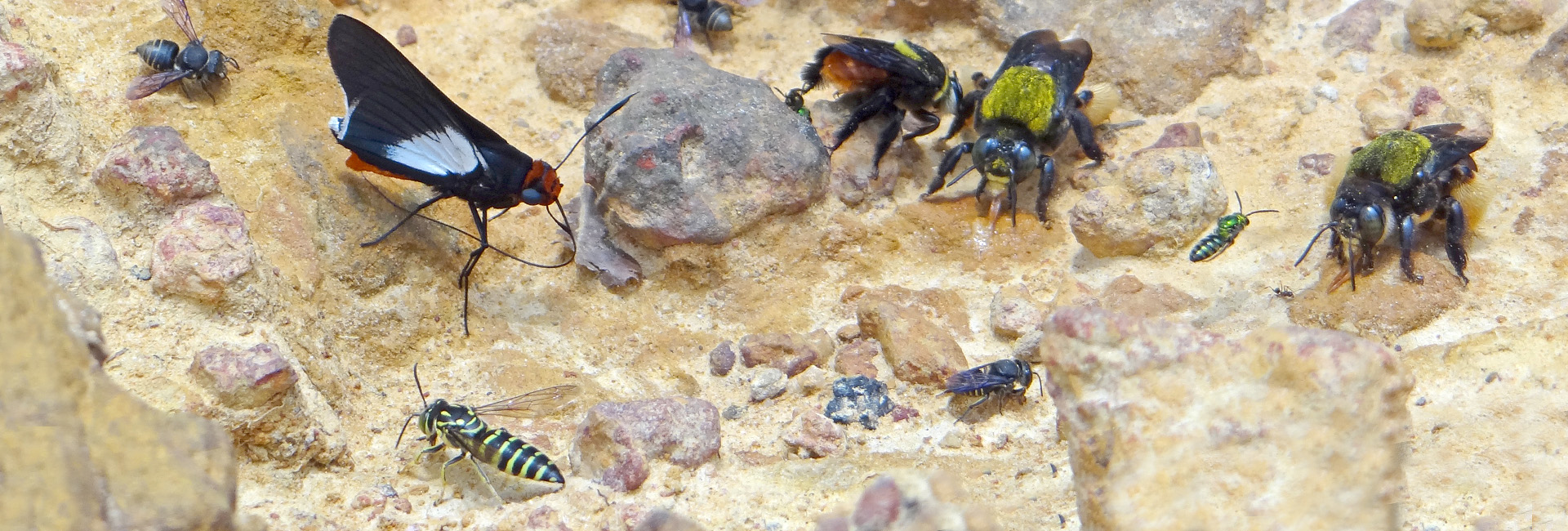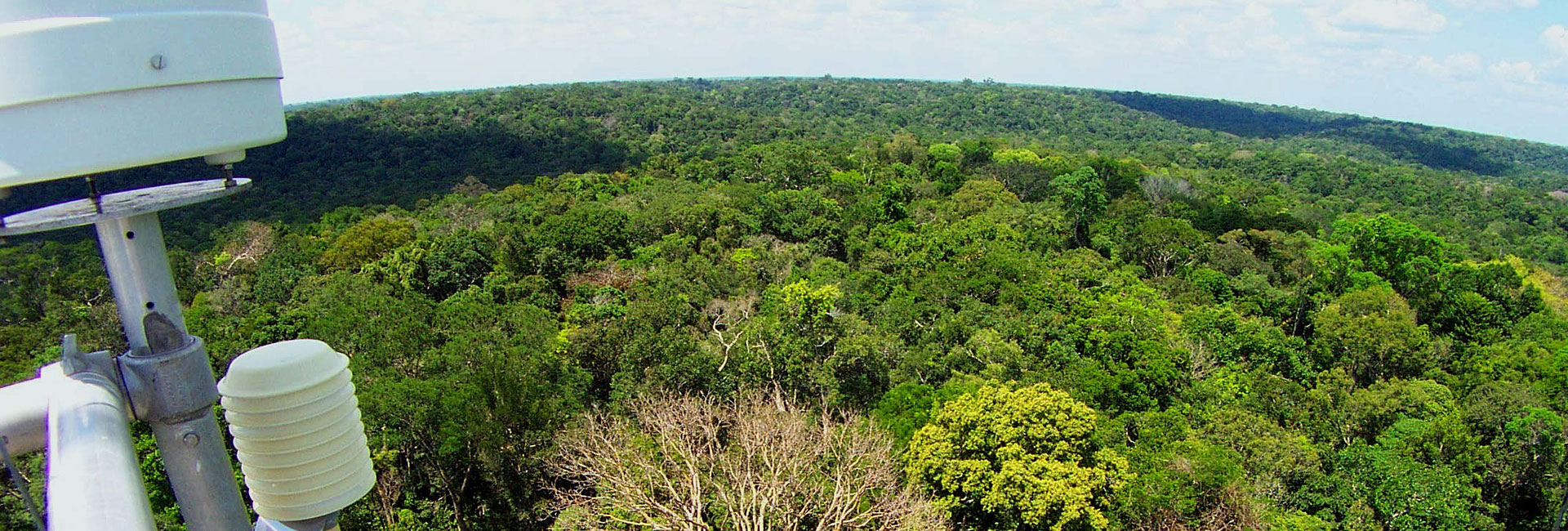Tool use by an Amazonian primate
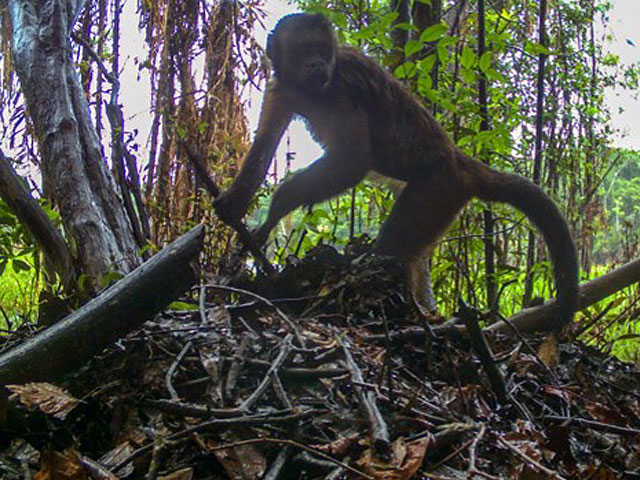
While monitoring caiman nests in the sustainable development reserve of Mamirauá for her masters project in Ecology, Kelly Torralva, observed a first-case tool use by a non-human primate in the Amazon. She monitored several caiman nest-mounds using camera-trapping to estimate the diversity and abundance of nest predators.
Capuchin monkeys, Sapajus macrocephalus, were registered foraging and predating upon caiman eggs on 46 occasions. On one such occasion one individual was recorded in bipedal posture using a wooden stick approximately 25 cm long, apparently as a shovel to remove the upper layers of the nest and reach the eggs beneath. The observation was recently published in Primates.
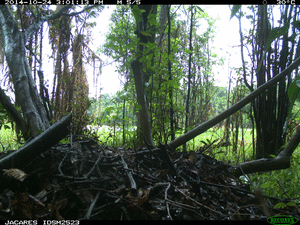 Tool-use is more frequently associated with large apes, like chimpanzees and bonobos. Among neotropical primates, only capuchin monkeys (genus Sapajus) have been registered as tool-users, both in captivity and in the wild. The use of tools to crack hard fruitcases has been observed in wild capuchin populations in savanna-like habitats, and more rarely in dry forests, but never in Amazon rainforests.
Tool-use is more frequently associated with large apes, like chimpanzees and bonobos. Among neotropical primates, only capuchin monkeys (genus Sapajus) have been registered as tool-users, both in captivity and in the wild. The use of tools to crack hard fruitcases has been observed in wild capuchin populations in savanna-like habitats, and more rarely in dry forests, but never in Amazon rainforests.
The floodplain forests in Mamirauá are rich in food resources for primates, among which caiman eggs are a high-quality and accessible seasonal resource. Therefore, the authors believe that the observed tool-use by capuchin monkeys at this site is an opportunity, rather than a necessity driven behavior.
The image shows the capuchin monkey individual, probably an adult male, positioned on top of the caiman nest, manipulating the stick to remove the nest cover and reach the eggs inside.



